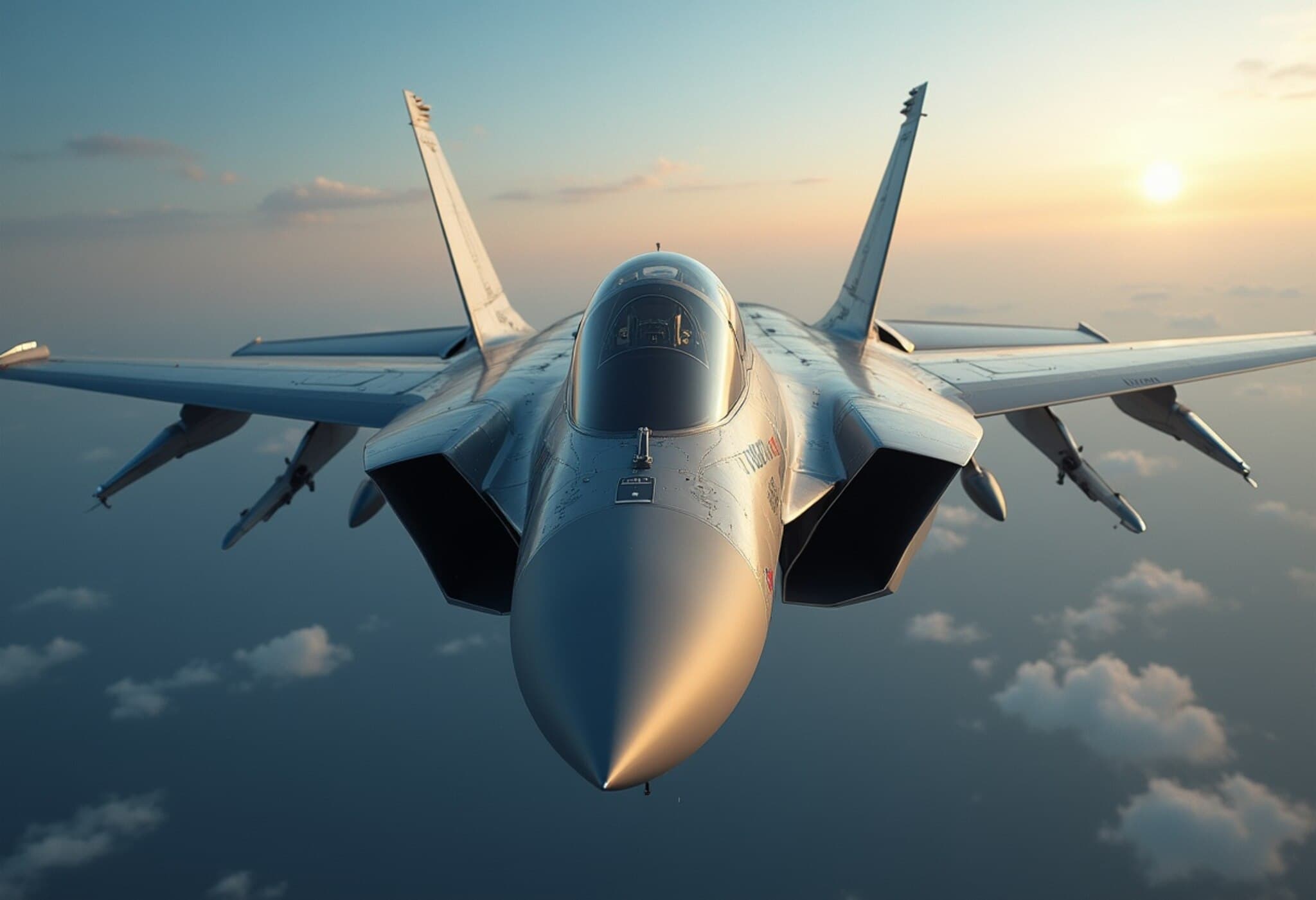A Transformative Partnership in Indo-Pacific Defence
As geopolitical dynamics intensify across the Indo-Pacific, a promising new chapter is unfolding between Japan and India—nations poised to reshape the region’s defence landscape through unprecedented aerospace collaboration. Central to this evolving partnership is Japan’s burgeoning role as a major arms exporter, with its advanced jet engine technology potentially powering India’s next-generation fighter jets and enhancing Australia's naval capabilities.
Japan’s Experience Propelling Defence Exports Forward
Historically restrained by a post-World War II arms export moratorium, Japan’s recent policy recalibrations have unlocked a wealth of opportunities for defense industry growth. The landmark US$6.5 billion Mitsubishi Heavy Industries (MHI) frigate deal with Australia, involving the delivery of highly capable Mogami-class frigates, signals Tokyo’s serious intent to expand its global defence footprint.
These vessels feature innovations like reduced crew requirements and extended operational ranges, making them uniquely attractive in Australia’s strategic calculus. The success of this and similar projects will likely build trust among regional partners and demonstrate Japan’s ability to deliver sophisticated, reliable defence platforms.
Why Japan’s Export Shift Matters
- From Restriction to Reach: Since 2014, Japan eased its export restrictions, seeking to reclaim its status as a global defense technology contributor.
- Building Industry Capacity: Despite hurdles such as labor shortages and supply chain complexity, firms like Kawasaki Heavy Industries and MHI are scaling for increased demand.
- Multilateral Momentum: Japan’s participation in programs like the Global Combat Air Programme (GCAP) underscores its growing comfort in international defense collaborations.
Japan’s IHI XF9 Engine: A Game-Changer for India’s AMCA Project
At the heart of India’s interest lies the IHI XF9 engine, a cutting-edge powerplant designed for Japan’s next-gen fighter jets. With impressive thrust capabilities—11 tonnes without afterburner and up to 15 tonnes with afterburner, scalable to 20 tonnes—this engine embodies the advanced propulsion India requires for its Advanced Medium Combat Aircraft (AMCA) program.
India’s AMCA aims to field a stealthy fifth-generation fighter capable of counterbalancing regional threats, such as China’s J-20. Currently relying on General Electric’s F414 engines for prototypes, India seeks a domestic or allied high-thrust engine solution in the 110–130 kN range for production—something a collaboration on the XF9 could fulfill.
Collaboration Synergies
- Technical Expertise: Japan’s mastery in materials science and aerospace manufacturing complements India's growing indigenous capabilities.
- Strategic Autonomy: Diversifying engine suppliers lessens India's vulnerability to Western geopolitical pressures and supply disruptions.
- Regional Security Cooperation: Joint development enhances interoperability and strengthens bilateral relations amid rising Indo-Pacific tensions.
The Strategic and Political Landscape
While prospects look promising, navigating Japan's historically cautious stance on defence exports remains a challenge. Tokyo’s approach has softened, evidenced by shipments such as Patriot missiles to allies, yet complete technology transfers like those needed for jet engines require careful diplomacy and trust.
The success of Japan’s frigate dealings with Australia offers an encouraging precedent, illustrating that Tokyo can manage complex international defence partnerships and deliver on commitments.
Challenges and Considerations
- Export Controls: Political sensitivities could slow technology transfer and joint development timelines.
- Industrial Capacity: Japan faces workforce and production constraints amid rising global demand, potentially impacting project schedules.
- Geopolitical Balance: Aligning defence collaborations with broader strategic goals requires careful coordination among all participants.
India’s Defence Diversification Imperative
India's pursuit of the XF9 engine partnership reflects broader concerns over reliability in supply chains. With increasing complications in sourcing Western engines amidst geopolitical uncertainties, India is actively hedging bets by engaging suppliers from the US, France, Russia, and potentially Japan.
The June 2023 US-India deal to jointly produce the General Electric F414 engine marks a positive stride but does not eliminate risks of bottlenecks. Collaborating with Japan injects a fresh dynamic and could accelerate India's aspirations for self-reliance in aerospace propulsion.
Looking Ahead: Regional Implications and Opportunities
This trilateral nexus—Japan, India, and Australia—heralds a new era of security cooperation designed to bolster regional resilience. As Japan proves its capability through maritime exports and contemplates jet engine collaboration with India, it not only strengthens bilateral trust but potentially fortifies the broader Indo-Pacific security architecture.
The benefits extend beyond technology transfer; they signal a shift toward more diversified, resilient, and strategically autonomous defence partnerships in an increasingly multipolar world.
Editor’s Note
The proposed Japan-India partnership to develop and possibly co-produce advanced jet engines epitomizes the complex interplay of technology, diplomacy, and strategic necessity shaping Indo-Pacific defence. While challenges remain in political will and industrial capacity, the endeavor's success could redefine regional power balances and mark a milestone in Japan’s postwar defence export renaissance. Readers should watch closely how these collaborations influence not just military capabilities but also the evolving narrative of technological sovereignty and geopolitical influence in Asia.











